Dating back more than 600 years, the culinary tradition of kaiseki began as a way to prevent the burn of too much caffeine during the Japanese tea ceremony. In the centuries since, the meal has become increasingly elaborate, each course a finely balanced sensory experience.
Chefs spend years learning the art of kaiseki, and Shige Furukawa is no exception. Shige studied and cooked in Tokyo and Kyoto, as well as in New York City. Ten years ago, he brought his talents to Minnesota, serving as head chef at Origami restaurant in Minneapolis before he opened his own sushi restaurant, Kado no Mise, and his kaiseki restaurant, Kaiseki Furukawa, in 2017. Soon after, he opened the Japanese whisky bar, Gori Gori Peku.
The kaiseki meal is steeped in tradition. As Shige explains, "At its core is the belief that we are at our best when we experience every moment with one another as if it were at a once-in-a-lifetime gathering. As a culinary expression, kaiseki is a reflection of the season - an intricate rhythm of taste and texture brought forth in a progression of courses." Each chef puts his or her own stamp on the meal. Shige chooses to serve 10 courses in his kaiseki meal, each course varying by the season.
To better understand the nuances of a traditional kaiseki meal, Chef Shige walks us through one of his dinners. This meal features items in season during the month of June.
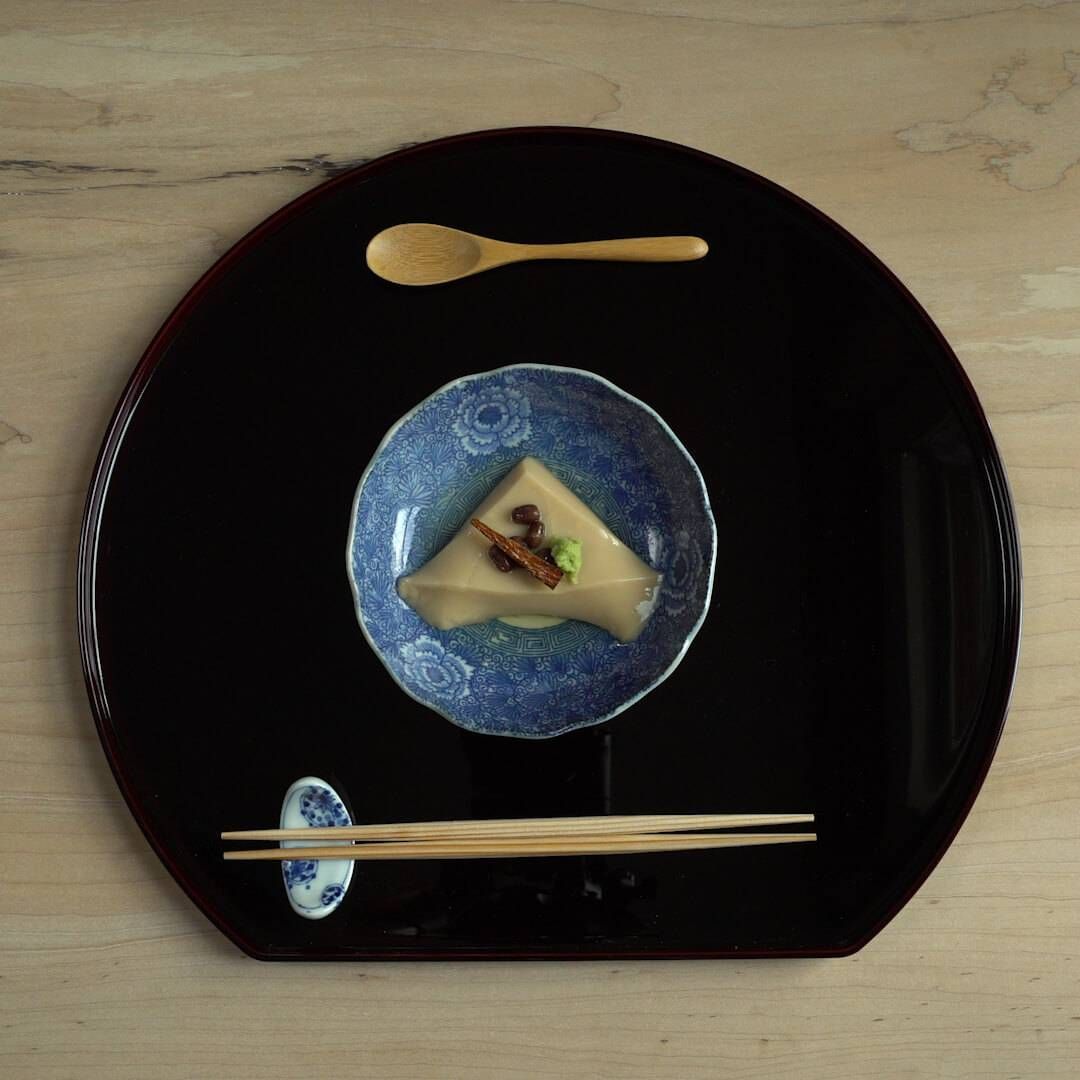
Sakizuke
The first course is sakizuke, an appetizer course similar to an amuse bouche. This particular dish features tofu in the form of a triangle, the shape a nod to ice once presented to the Japanese emperor as a cooling delicacy. Shige wanted to represent that ancient tradition and provide the same experience of a luxurious, cooling delicacy to welcome his restaurant guests. The azuki beans are said to deter evil spirits and promote health.
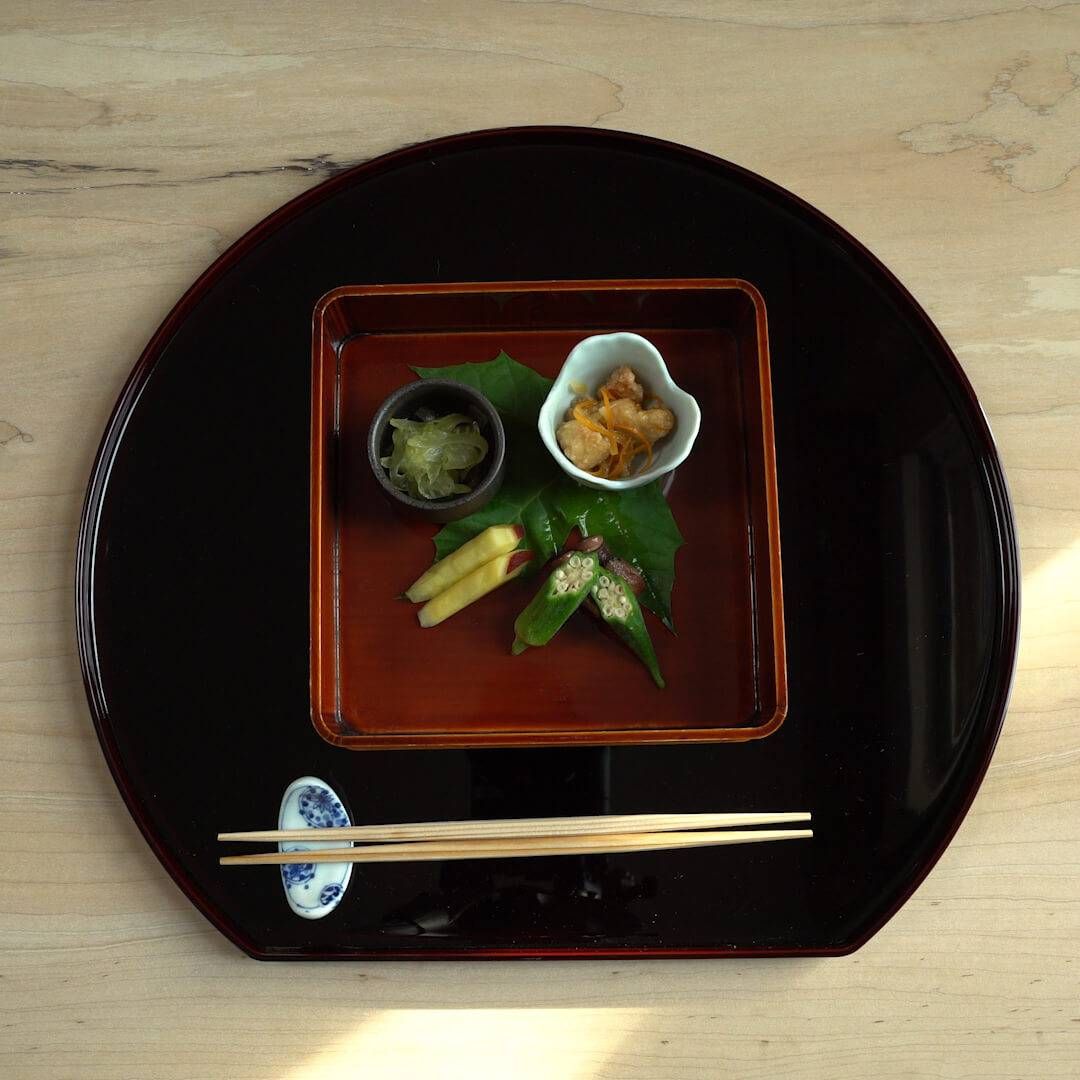
Hassun
The hassun course is the philosophical centerpiece of kaiseki, a snapshot of the season featured in the meal. Hassun is a traditional Japanese measurement and refers to the size of the box in which the food is served. This course features something from the land and something from the sea. In this case, okra and sweet potato from the land are presented with nanbanzuke (whitefish) and octopus from the sea.
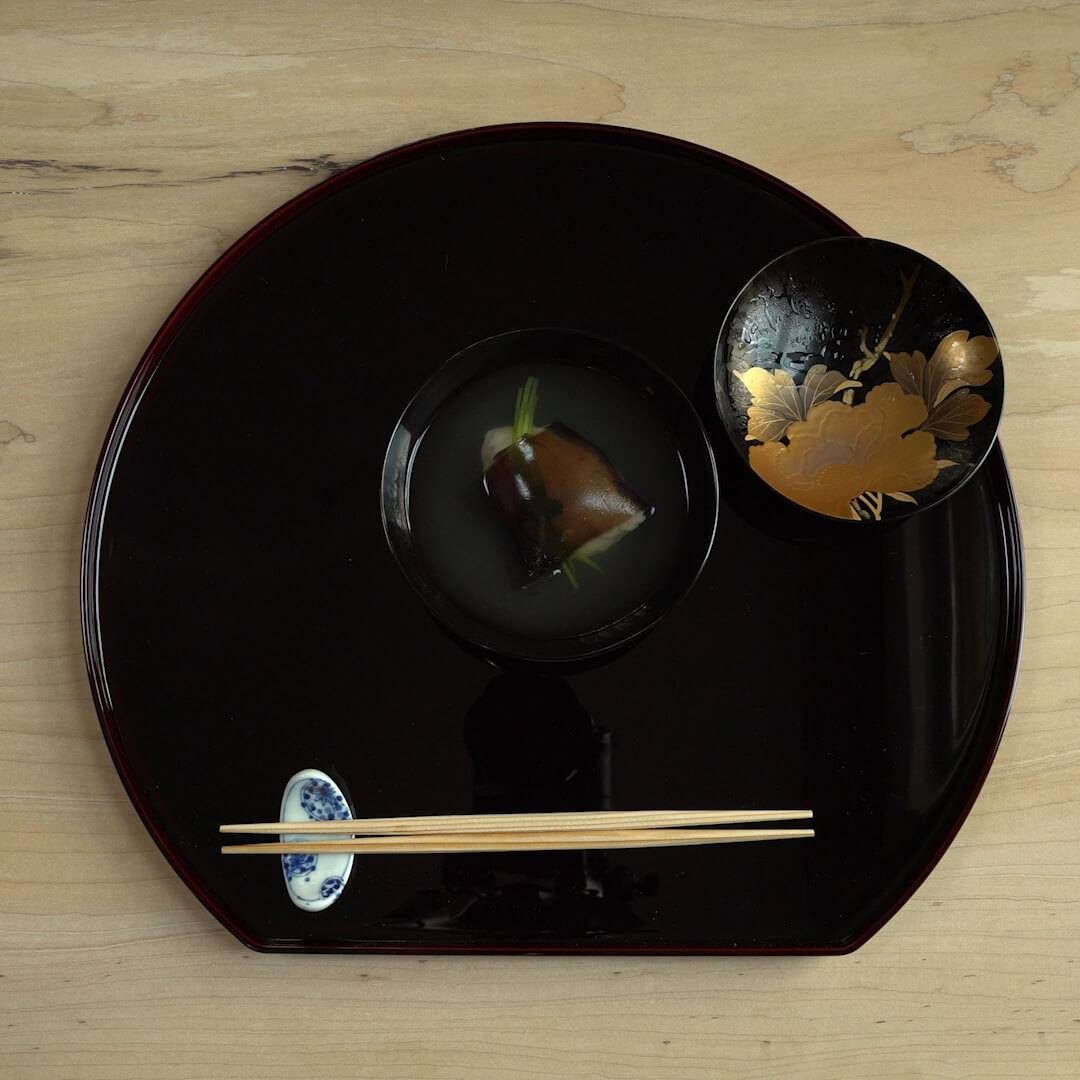
Suimono
Suimono is chef Shige's favorite course. A simple dish with few ingredients mean "you cannot hide anything," he says. Diners are invited to enjoy this soup course by using both hands to lift the bowl to their mouths. The clear dashi broth is very personal to each chef; many consider it to be the most direct translation of the chef's skills and techniques to the customer. The dashi broth has just three ingredients: spring water, kombu and bonito flakes. Because of its simplicity, Shige sometimes worries that diners may not understand the underlying complexity of the dish.
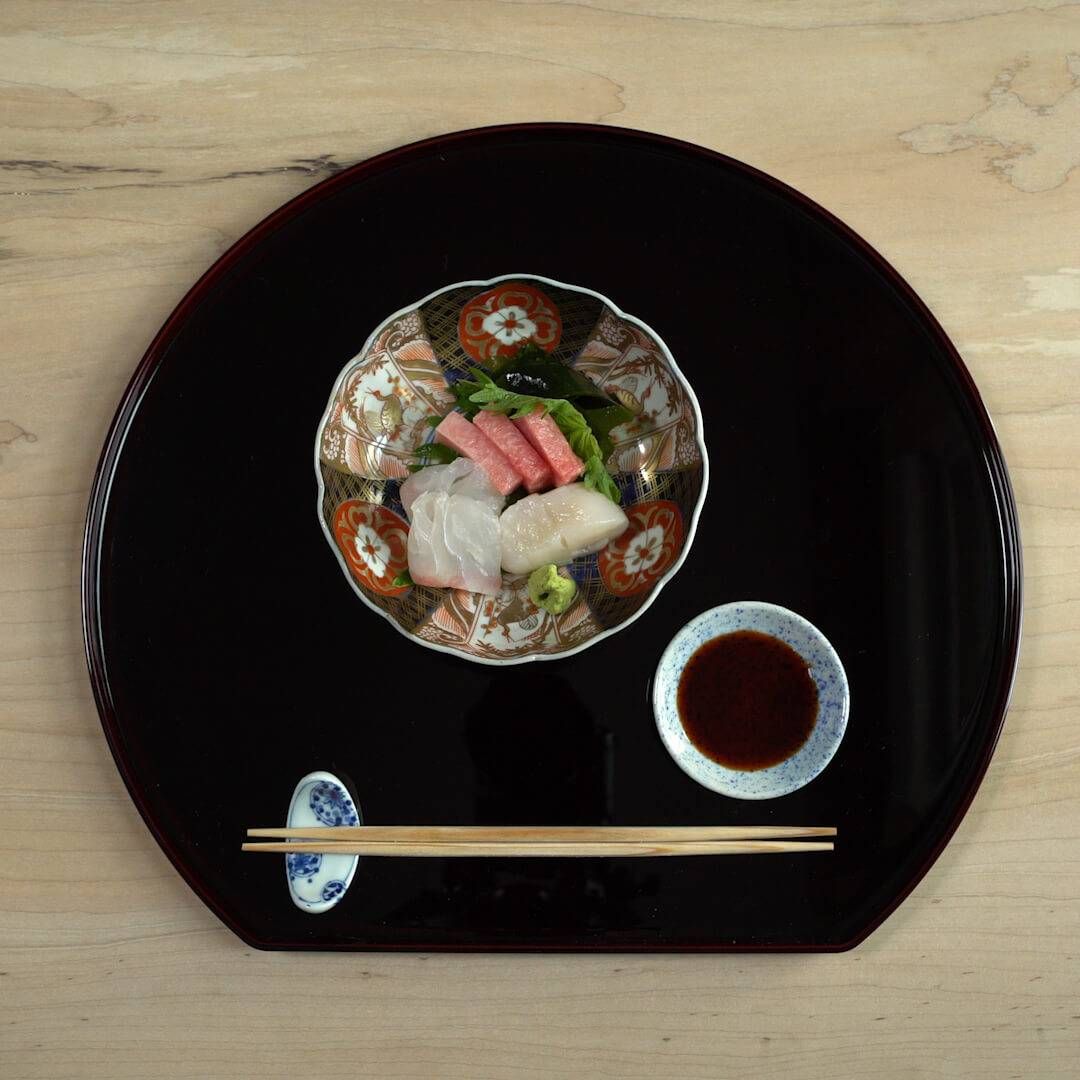
Tsukuri
The fourth course features sashimi. Tsukuri comes from the verb "to make" or "to create." Each guest is given soy sauce and fresh wasabi. Shige encourages diners to place the wasabi directly on the fish and then dip the fish in the soy so that the flavor of the fresh wasabi doesn't dissipate. The shiso and wakame served alongside are intended to be palate cleansers between the pieces of fish and at the end of the course.
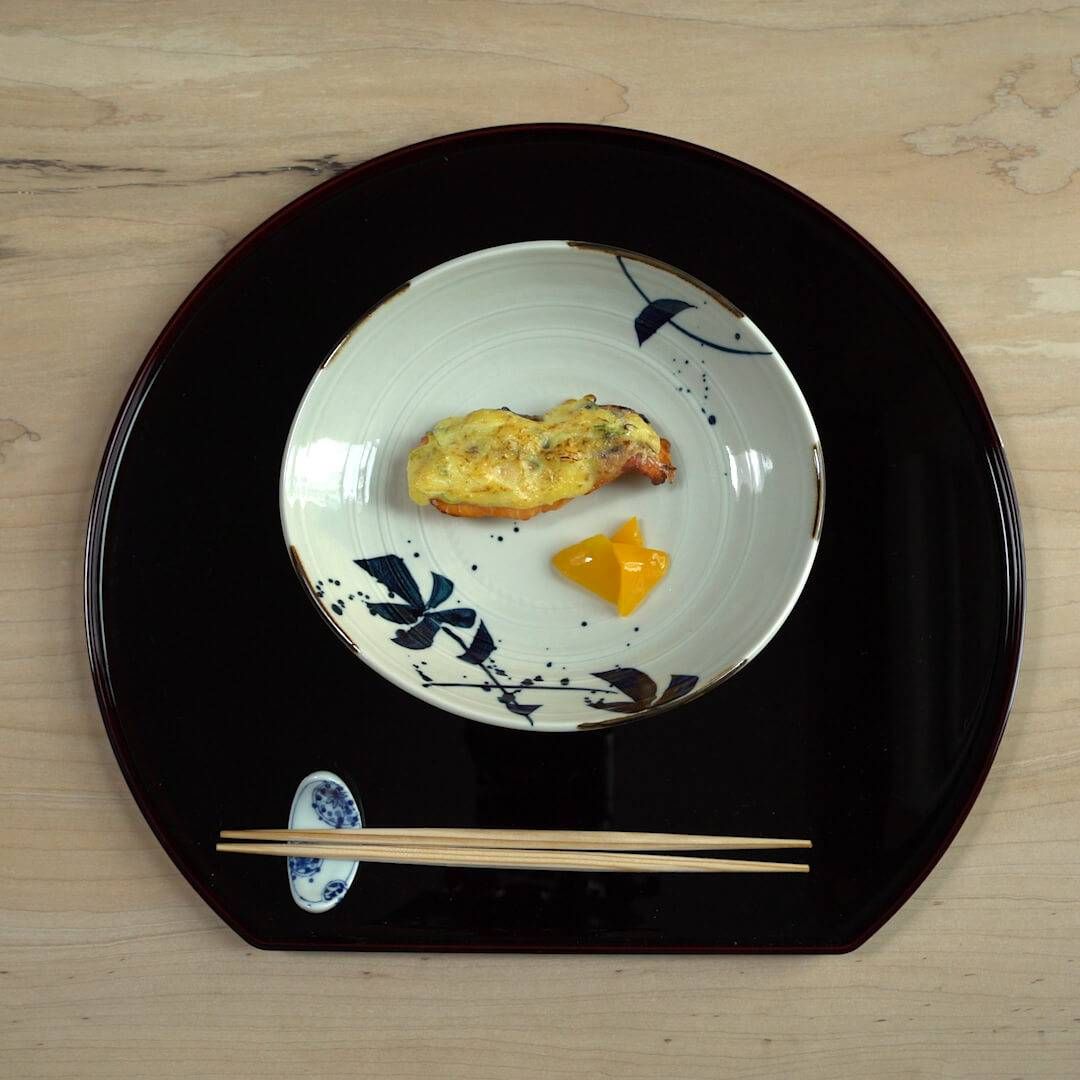
Yakimono
The food served in kaiseki gets richer by the course. The fifth course, yakimono, features food that's been grilled - sea bass, in this case. The sauce on top is baked with the fish, which provides moisture so the dish doesn't dry out in the process.
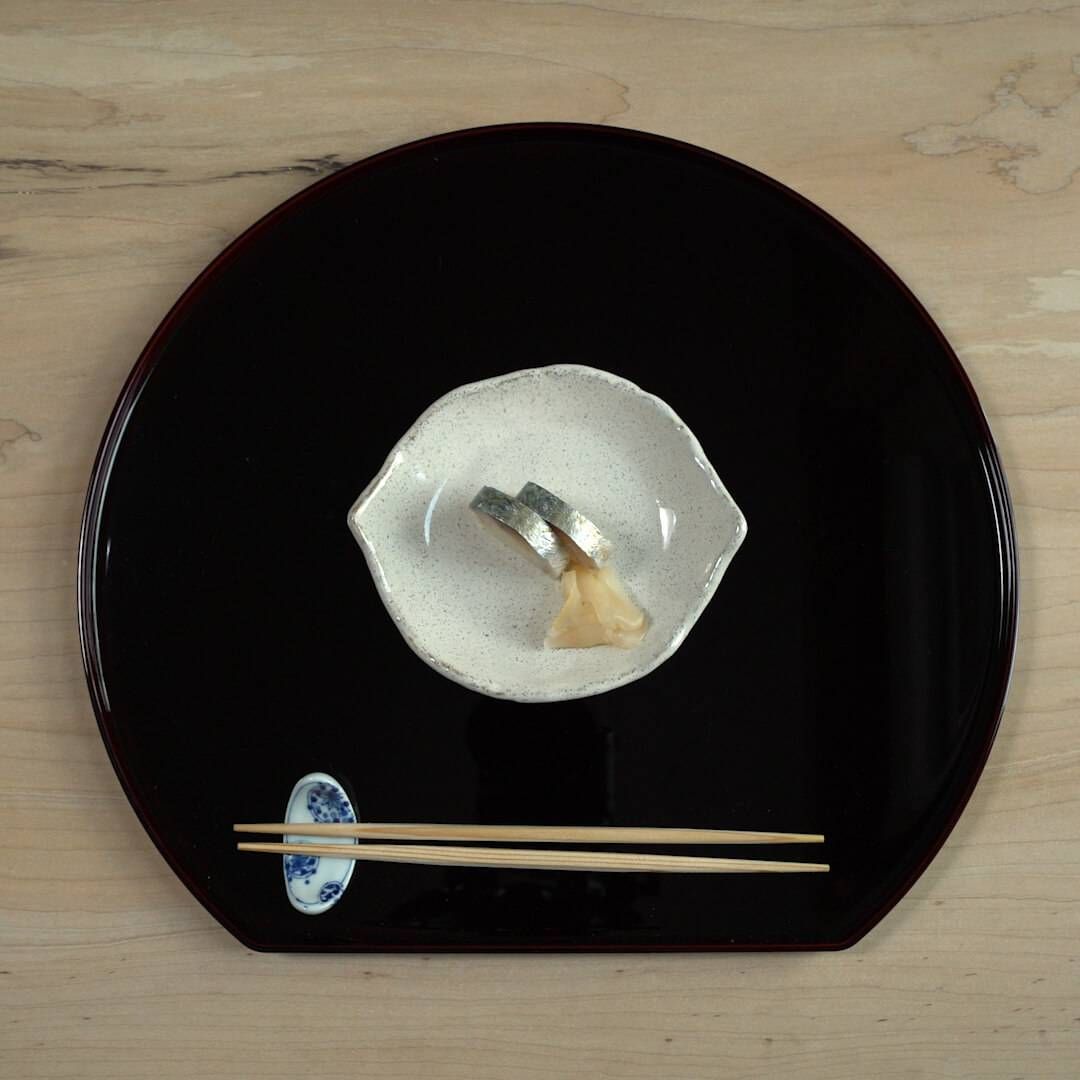
Shinogi
The name of this course, Shinogi, comes from shinogu, meaning "avoiding starving." It is a substantial interim dish to tide the diner over until the shokuji course. The fish featured in this sushi is saba, a richly-flavored mackerel. The ginger is served as a palate cleanser.
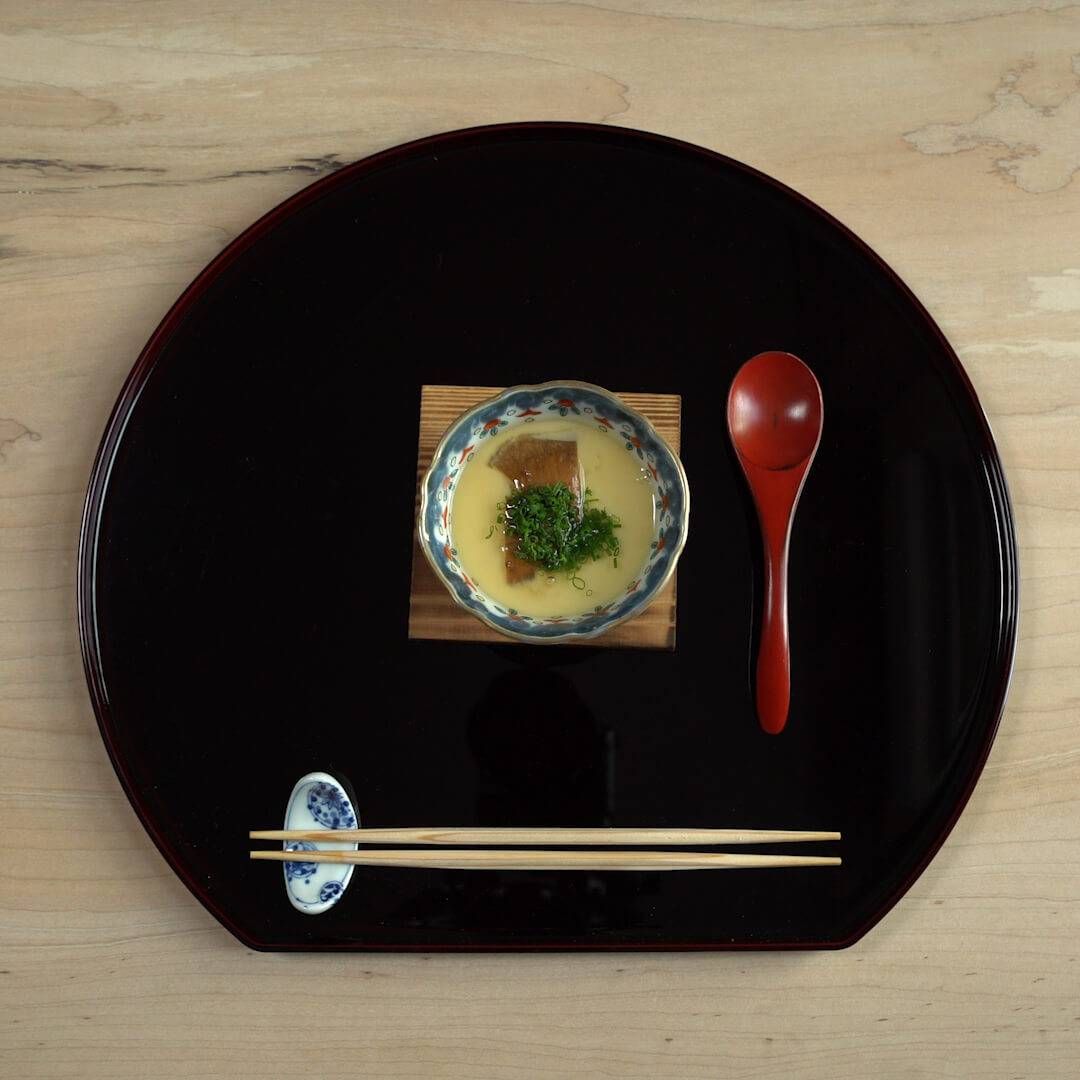
Mushimono
The seventh course highlights food that has been steamed. For this meal, Shige prepared a traditional steamed egg custard (chawanmushi) and a kuruma prawn, which is the adult version of the tiger prawn. Shige is intentional about the dishes used in his kaiseki meal. Just like the food, the lacquerwear and serving utensils also reflect the current season.
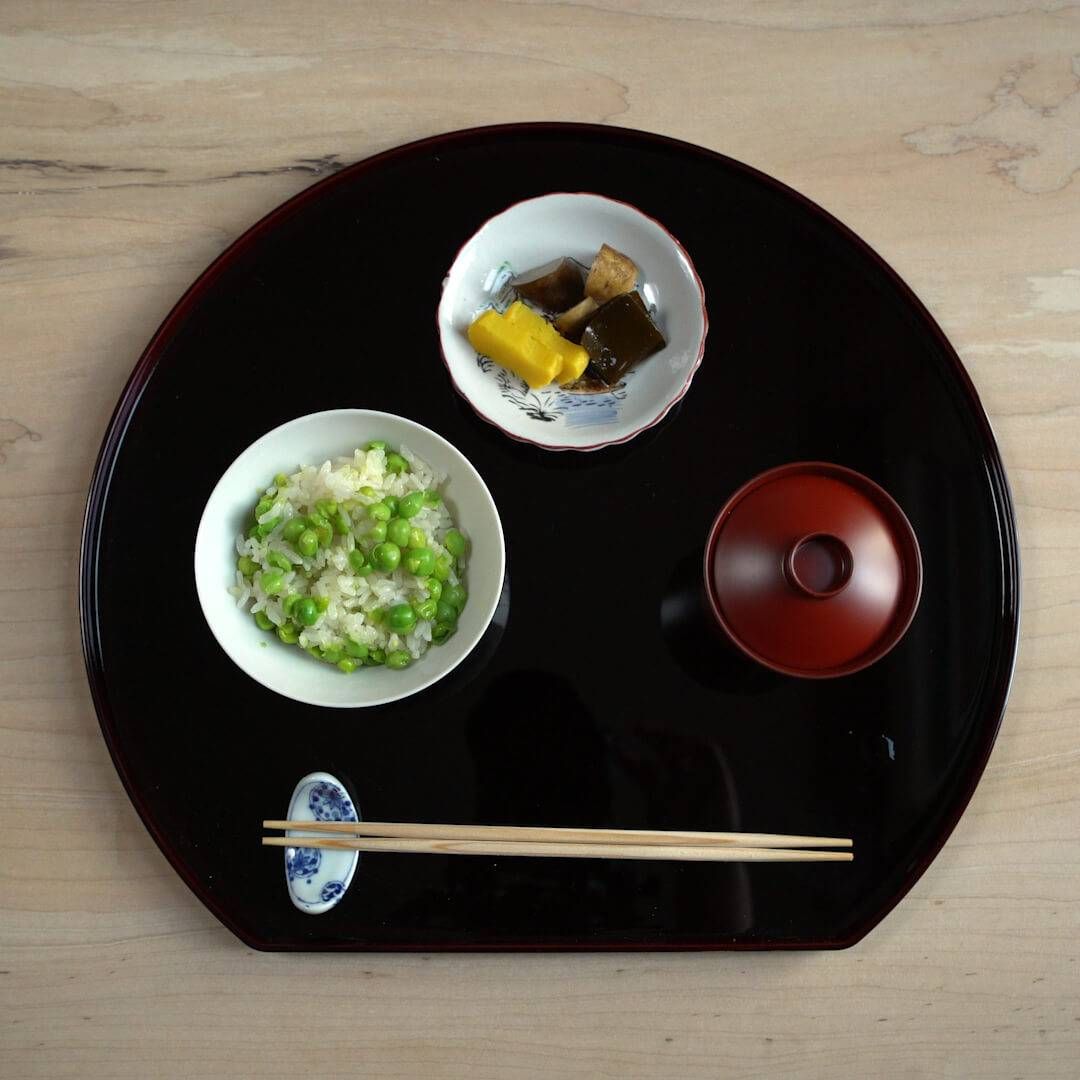
Shokuji
Shokuji is the main course in the kaiseki meal. The service of this food is the most elaborate of the meal. Servers wheel a cart to each table and place each item in a specific spot on the diner's tray. Extra rice is left at the table and, if it doesn't get eaten, it's returned to Shige. He forms the rice into a ball, onigiri, which is presented to each diner at the end of the meal.
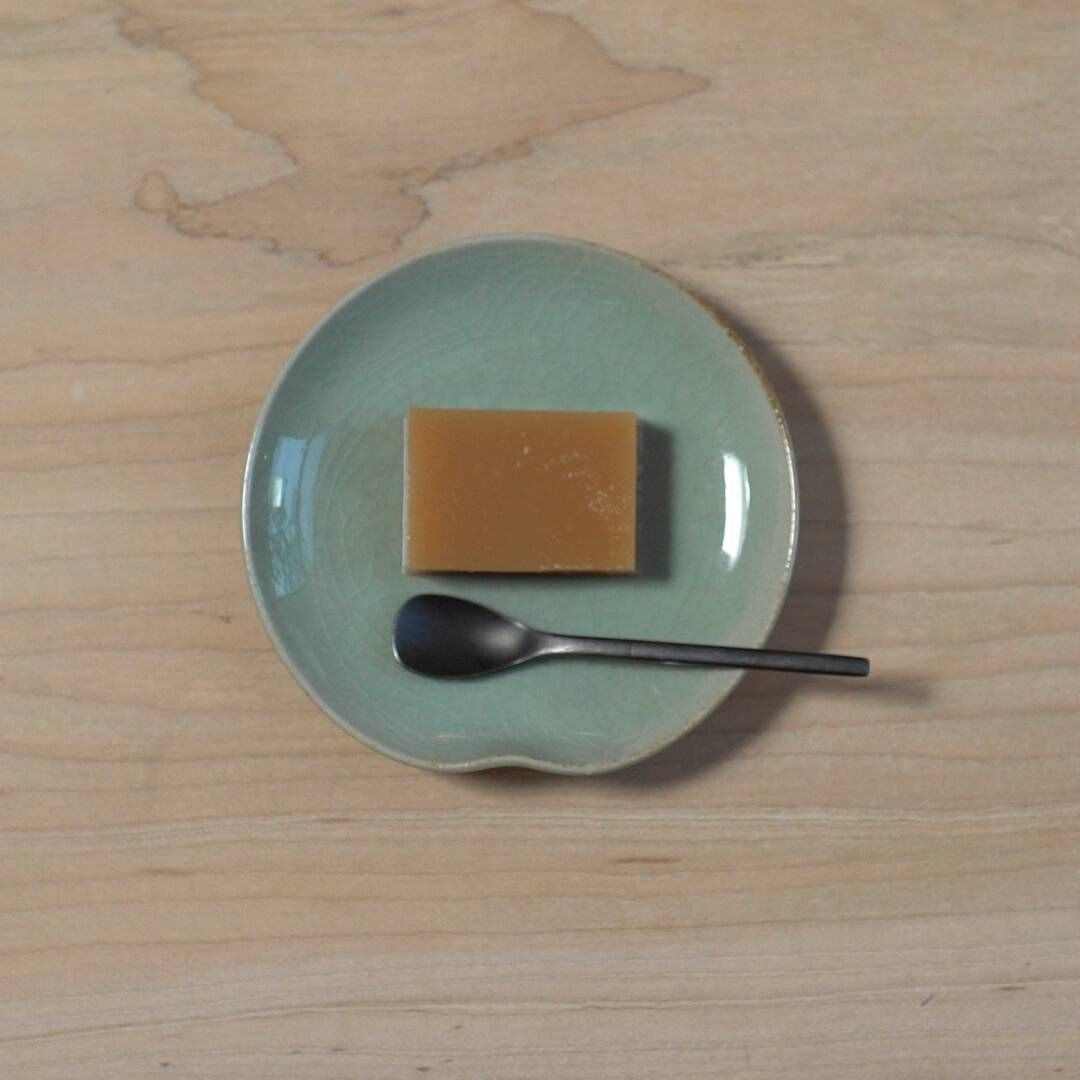
Mizugashi
The ninth course is the first of two dessert courses. Mizugashi is a word that used to refer to fruit. It translates to water dessert. This gelée is a traditional Japanese gelatin sweet.
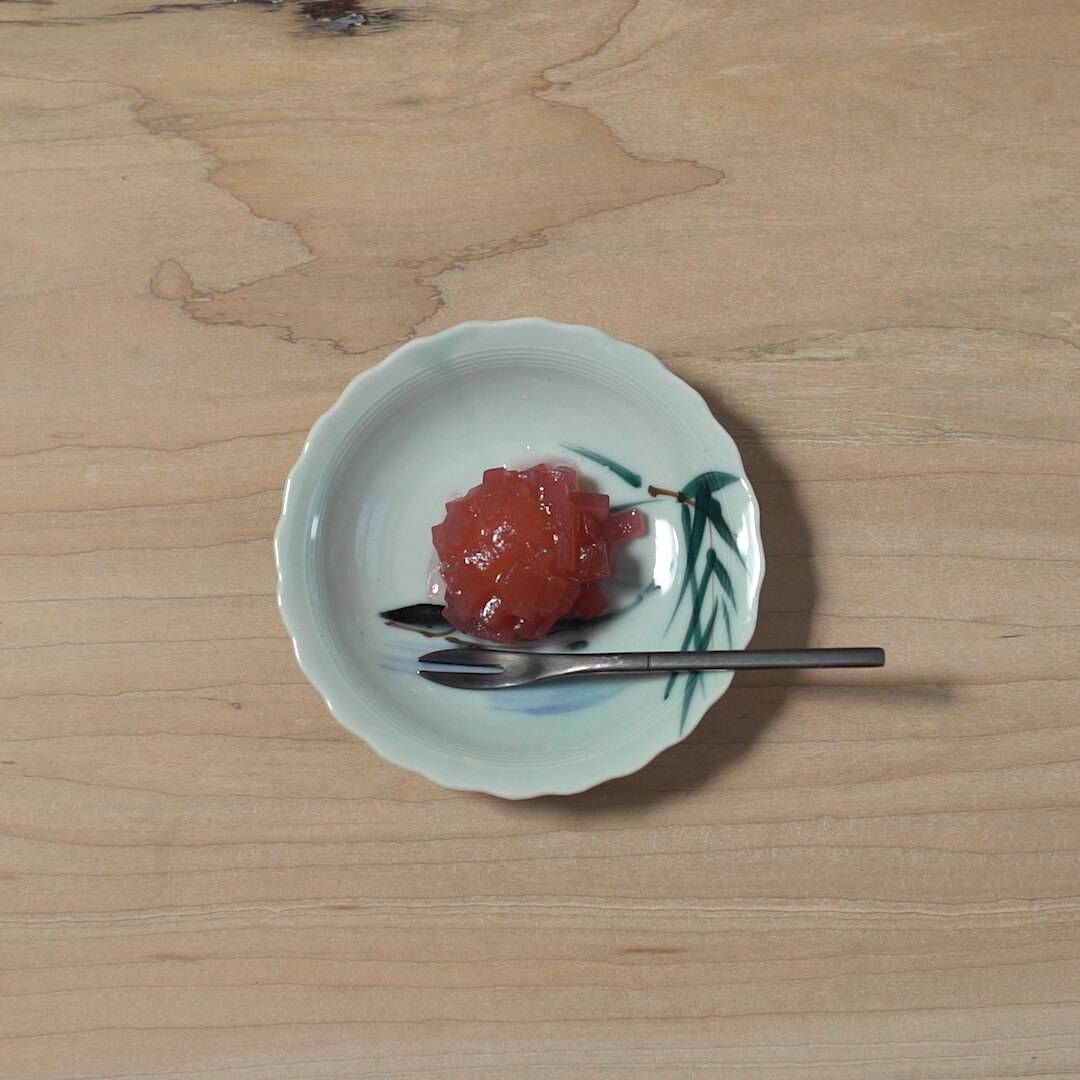
Okashi
A final dessert course ends the meal, this time served with matcha green tea. For this June menu, Shige painstakingly cut and shaped each gelatin dessert into a ball intended to resemble a hydrangea bloom.
Special Thanks: John Gross, Sean Neill
Minnesota Music: Julia Floberg, Paul Metzger
Production Team: Joe Demko, Ezra Gold, Amy Melin, Brennan Vance

This story is made possible by the Arts and Cultural Heritage Fund and the citizens of Minnesota.
